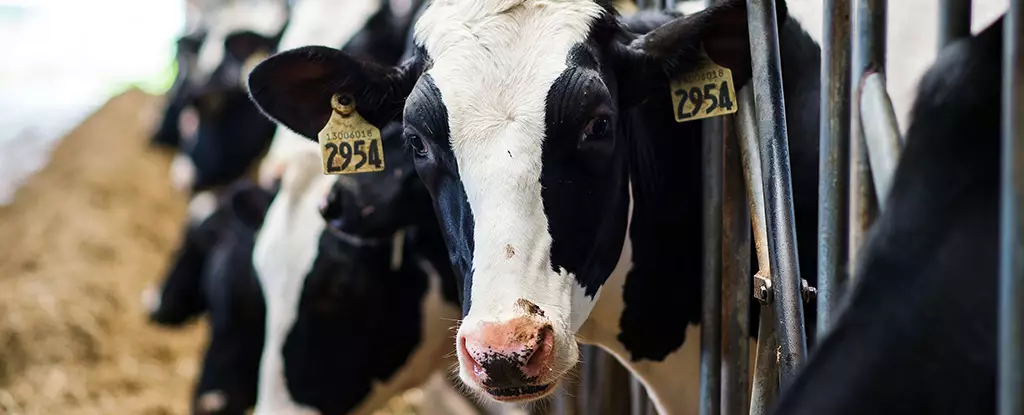The recent news of a cow-to-human transmission of the highly pathogenic bird flu A(H5N1) in the US has raised concerns among experts and the general public alike. This marks the first confirmed case of the virus being passed from cows to humans, highlighting a new potential transmission route.
The infected dairy farmer reported inflammation in the eye, rather than the typical respiratory symptoms associated with the bird flu. This atypical presentation of the virus allowed for early detection and isolation of the case, reducing the risk of further transmission.
The identification of this cow-to-human transmission event provides valuable data for public health experts in assessing the threat posed by the bird flu. With the virus now moving from birds to mammals, including dairy cows and humans, closer monitoring of livestock and farm workers will be crucial to prevent further spread.
The genetic analysis of the virus in this case revealed a mutation (PB2 E627K) associated with viral adaptation to mammalian hosts. This adaptation raises concerns about the virus becoming more infectious to humans with each transmission event, underscoring the importance of continued surveillance and research.
The current bird flu outbreak, which started in 2020, has already affected a variety of mammalian species, indicating a widening host range for the virus. With a high mortality rate in humans, understanding how the disease is transmitted between animals is crucial for controlling the spread of the influenza.
As scientists continue to study the evolution of the bird flu virus and its potential impact on human health, the recent case of cow-to-human transmission serves as a reminder of the ongoing threat posed by zoonotic diseases. Heightened surveillance, research, and public health measures will be essential in mitigating the risks associated with emerging pathogens.


Leave a Reply